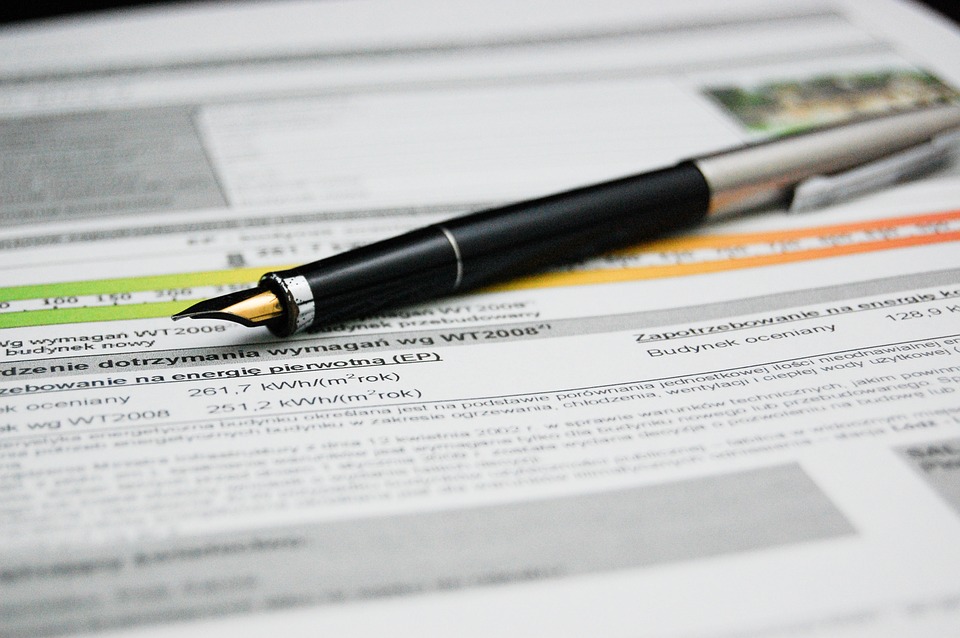There are a number of ways of making your document printer-friendly. A good converter should be able to convert website and blog content into printer-friendly formats or PDFs. It should also remove texts, ads and irrelevant pop-ups. It should also have a feature for emailing the converted content to others and it should be synchronizable with your blog so that your clients and web visitors can use it easily.
The printer-friendly website, is one of the few sites that provide this service straight on their landing page. Another more deliberate option is to use CSS. The best thing about CSS is that it omits even the HTML from the printed pages as it allows you to change the presentation without changing the HTML link. Using the CSS is a 6-step process.
Set the Page for Black/White Printing. The first thing you have to do is set the background colour to white and the type to black. Then set the typeface to serif font or the Times font. After that, the document is ready for clearing out the navigation bar below, the anchor pages, ads banners and other contents that you don’t want to see.
Designing the Main Heading. The best way of going about setting a good masthead is to set the background black and the text to white. Usually, at this point, the header doubles up as a homing device. The colour of the header fits with the colours of the links. You can also do this by type-facing the header and padding the top and the bottom of the heading. You can pad at both the h2 and h3 elements, then increase the font size and create a thin hairline rule below it.
Gaining Attention through the Teaser. When it comes to the h4 element you can make it visually standout by setting the background at 30% black. Change the san serif font and put some padding. In the body element the primary font is serif typeface and by extension, the typeface style, will extend to the paragraph elements as well. You may want to space out the lines by changing the line-height property.
Displaying URIs after Links. Links become useless in the printed document. If you need them highlighted make sure the URIs from the links are visual and displayed. Create a CSS rule to display the URIs, after every link used in the content division on the printed document. For better visuals remove the default underline and make the fonts bold then set the colour to gray.
Finishing with the Footer. Create a line rule by using the border-top property and set the typeface to san serif and finally, centre the copyright. Once you finish, paste the CSS rules and set them on an external style sheet i.e. print.css. Finally, uncomment out the CSS for the sake of screen media and then associate the print CSS using a link element.
Now you are ready to produce a printer-friendly style sheet. If you have a browser that can render print media style sheets, you can print out the page then apply the proper layout directly to your printer.


